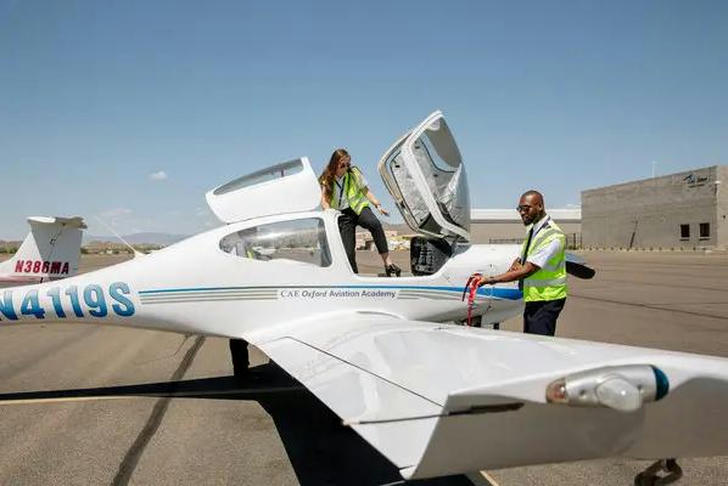How to Efficiently Plan Aviation Training: A Practical Guide to Costs, Funding, and Career Development
Aviation training is renowned for its high costs and complex processes, often leaving aspiring pilots uncertain about funding options and the best career paths. Transparency in government support and clear guidance on training programs are essential for making informed decisions. This guide breaks down the latest training courses, funding opportunities, and career strategies to help prospective pilots plan their journey effectively.

🔍 1) Understanding Aviation Training Programs: Comprehensive Course Structures and Content
Aviation training programs differ widely but typically include:
- Foundational flight instruction
- Advanced certifications
- Specialized courses
Domestic flight training programs focus on preparing students to safely operate aircraft within national airspace.
Many offer accelerated tracks enabling completion of Commercial and Flight Instructor certificates within nine months.
Training components include:
- Dual and solo flight hours
- Simulator sessions
- Ground classroom instruction (aerodynamics, navigation, safety procedures)
Some academies provide a Discovery Flight—a brief introductory lesson for firsthand experience before full commitment.
Collegiate aviation programs combine academic coursework with flight training, potentially reducing time and cost.
Understanding these elements helps learners select programs aligned with their goals and schedules.
📊 2) Decoding Tuition: How to Budget and Manage Training Expenses
Aviation training is a significant financial investment, with costs influenced by:
- Program length
- Aircraft type
- Certification levels
Comprehensive programs can exceed $80,000, but many offer:
- Hourly rates
- Flexible payment plans
Budgeting should include:
- Tuition fees
- Supplies
- Exam fees
- Medical certifications
Example: Accelerated domestic flight training programs provide clear timelines and cost structures for precise planning.
Taking a Discovery Flight, usually around $130, offers a low-cost way to assess interest and readiness.
Comparing program costs and inclusions prevents unexpected expenses and aids financial control.
💼 3) Government Funding and Financing Options: Effective Ways to Secure Financial Support
Funding navigation is crucial due to high training costs.
Available support includes:
- Pell Grants for federally recognized collegiate flight programs
- Loan programs via partnerships between aviation academies and financial institutions, sometimes up to $90,000
Some academies collaborate with colleges/universities to offer aviation degrees with integrated flight training, financed through traditional student aid.
Knowing eligibility criteria and options is key to maximizing support and reducing financial stress.
🎯 4) Career Development Pathways: From Novice Pilot to Professional Aviator
Clear career planning is essential for turning training into long-term success.
Typical progression:
- Private pilot certificate
- Commercial pilot certificate
- Flight instructor certification
Accelerated programs help accumulate flight hours quickly by working as instructors—a common step toward regional airline jobs.
Some pathways include airline partnerships providing direct routes to major carriers.
Consider geographic flexibility; training in varied weather conditions prepares pilots for diverse flying environments.
Understanding the timeline—from initial training to first officer roles—sets realistic expectations and encourages steady progress.
📝 5) Practical Tips: Choosing the Right Training Institution and Planning Your Study Schedule
When selecting a flight school, evaluate:
- Curriculum quality
- Instructor experience
- Aircraft availability
- Student support services
Prospective students should:
- Visit facilities
- Experience Discovery Flights to assess fit
Benefits of flexible scheduling and monthly start dates help balance training with other commitments.
Study plans should integrate flight hours and ground school for comprehensive learning and compliance.
Choosing programs with in-house examiners can reduce costs and simplify certification.
Prioritize institutions offering integrated financing and collegiate options to boost affordability and career prospects.
Careful planning and informed decisions form the foundation of efficient and successful training.
✅ Summary
This guide provides an in-depth look at aviation training program structures, budgeting strategies, funding resources, career development pathways, and practical advice for choosing the right institution. With clear understanding and planning, aspiring pilots can navigate the complexities of aviation training efficiently and set themselves up for a successful career in aviation.
